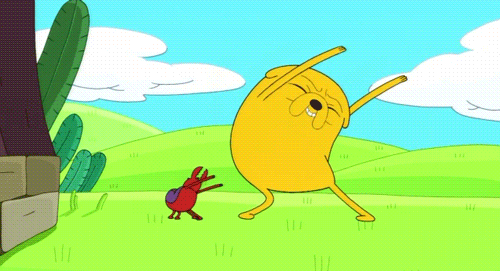When I was 17 I used to think that the subway danced for me.
Old train cars on the C line rocked so violently that if I looked at the bodies in the car without meaning, everyone would appear to move together as if in a synchronized dance.
And if I listened without listening, I’d hear the clanking sound of wheels to rail not as noise but as percussive rhythm. It was the soundtrack to the subway dance.
And in my head, I imagined that the train was (perhaps) sentient, and had figured out a way to amuse itself by enlisting every ‘body’ in an unwitting dance number. Anybody who stepped back and unfocused their attention long enough would realize what was going on and would be treated to the same joy.
And I started paying attention to the rest of the city in this way: the sway of the willow trees in Union Square Park, the horns of yellow cabs in traffic, the march of shoes in Penn Station.
I felt like I had unlocked something amazing but couldn’t really tell anyone about it as I didn’t have the vocabulary to describe what I had experienced.
It wasn’t until years later that I discovered the 1913 Futurist manifesto The Art of Noises by Luigi Russolo. In it Russolo argues that the future of music isn’t in working with musical instruments of the past but in realizing that there is music to be found in the noises of everyday life.
And while The Art of Noises doesn’t quite capture the transcendental spirit I felt in discovering “what’s already there”, it does get pretty damn close:
To convince ourselves of the amazing variety of noises, it is enough to think of the rumble of thunder, the whistle of the wind, the roar of a waterfall, the gurgling of a brook, the rustling of leaves, the clatter of a trotting horse as it draws into the distance, the lurching jolts of a cart on pavings, and of the generous, solemn, white breathing of a nocturnal city; of all the noises made by wild and domestic animals, and of all those that can be made by the mouth of man without resorting to speaking or singing.
Let us cross a great modern capital with our ears more alert than our eyes, and we will get enjoyment from distinguishing the eddying of water, air and gas in metal pipes, the grumbling of noises that breathe and pulse with indisputable animality, the palpitation of valves, the coming and going of pistons, the howl of mechanical saws, the jolting of a tram on its rails, the cracking of whips, the flapping of curtains and flags. We enjoy creating mental orchestrations of the crashing down of metal shop blinds, slamming doors, the hubbub and shuffling of crowds, the variety of din, from stations, railways, iron foundries, spinning wheels, printing works, electric power stations and underground railways.
41 Varick Ave. #303
Brooklyn, NY 11237
Phone Number
Your Custom Text Here



